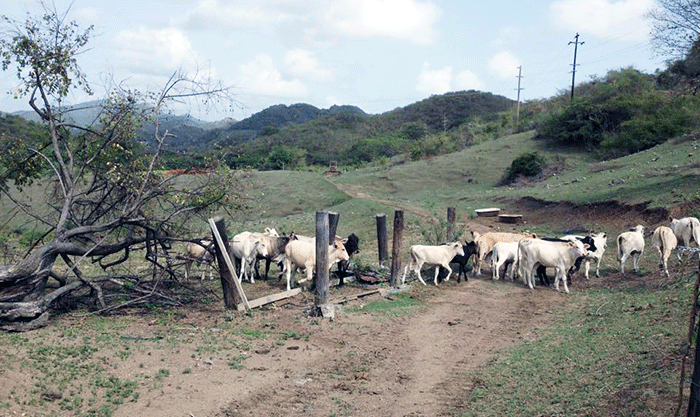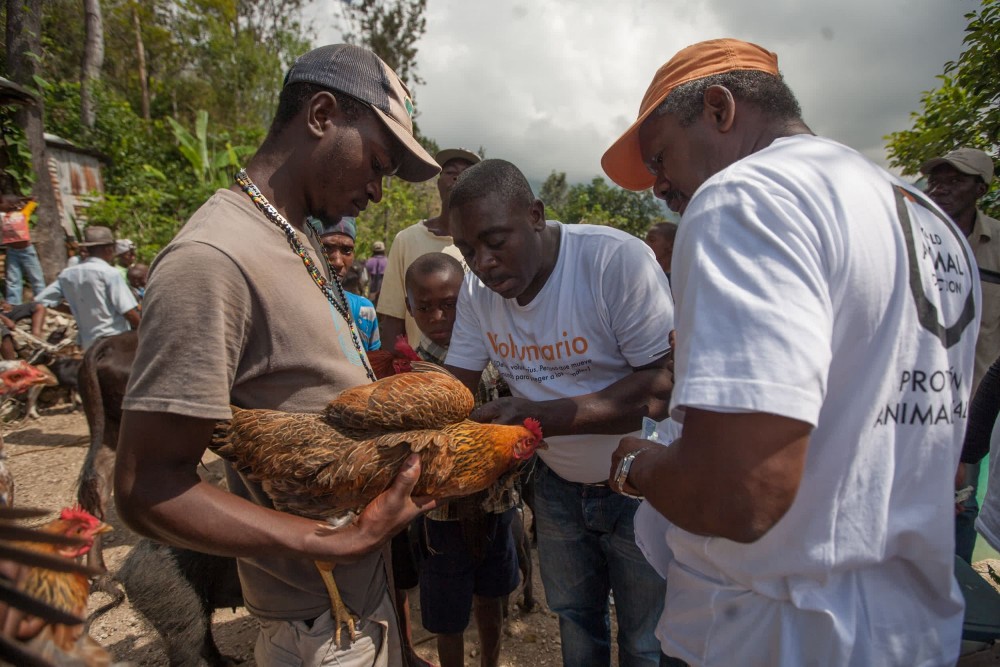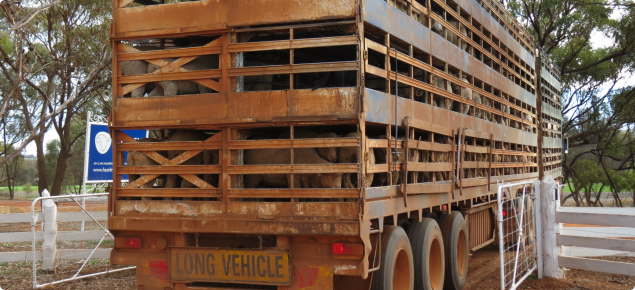Animals … to some people they are mainly friends; to others, they are food or income; to others, they are protectors of property. Any animal is vulnerable when extreme natural events occur. Storms, floods, landslides – all can leave livestock, guard dogs and family pets stranded and starving, lost or dead. You can’t stop Mother Nature, but there’s a lot you can do to protect your animals.
Preparedness for animals

Animals, to some people they are like children, to others they are an important way to earn a living, to many of us, they are a big part of our lives. However, when it comes to emergencies, animals (whether they’re house pets, livestock, or in the wild) have often been overlooked by emergency planners and the general public, but, that is changing.
This article tells you how to plan for your pet or livestock before a disaster strikes. It helps you to prepare and respond to ne emergency needs of your animals, whether you’re responsible for caring for one or one hundred; whether it’s a large-scale natural catastrophe or an unforeseen emergency.
Everyone’s family can benefit from having a household emergency plan in place before disaster strikes, and every disaster plan must include your pets or other animals under your care!
Tips For you and your pets
If you evacuate your home, do not leave your pets behind Pets most likely cannot survive on their own, and if by some remote chance they do, you may not be able to find them when you return For public health reasons, many emergency shelters cannot accept pets. Find a safe area, whether at a relative, a friend or an animal shelter confirm this well in advance of an emergency.
Make sure the identification tag is up to date and securely fastened to your pet’s collar. If possible, attach the address and/or phone number of your evacuation site. If your pet gets lost, his cag is his ticket home. Make sure you have a current photo of your pet for identification purposes.
Make sure you have a secure pet carrier, leash or harness for your pet; so that if he panics, he can’t escape.
Take pet food, bonded water, medications, veterinary records, cat litter/pan, can opener, food dishes, first aid kit and other supplies with you, in case they’re not available later. While the sun is still shining consider packing a pet survival kit which could be easily deployed if a disaster hits.
If you have no alternative but to leave your pet at home, there are some precautions you must take, but remember that leaving your pet at home alone can place your animal in great danger! Confine your pet to a safe area inside. When assembling emergency supplies for the household, include items for pets
- Extra food (The food should be dry, and stored in stored in sturdy containers)
- Kitty litter
- Large capacity self-feeder and water dispenser
- Extra medication
Decide on safe locations in your house where you could leave your pet, in an emergency.
- Consider easy to clean areas, such as utility areas or bath rooms and rooms with access to a supply of fresh water
- Avoid choosing rooms with hazards, such as windows, hanging plants or pictures in large frames.
- In case of flooding, the location should have access to high counters so that pets can escape.
- Set up separate locations if you have dogs, cats and/or rabbits
Basic tops for people who encounter wildlife or have livestock on their property

Wild animals often seek higher ground which, during floods, eventually becomes submerged (i.e. island) and the animals become stranded. If the island is large enough and provides suitable shelter, you can leave food appropriate to the species. Animals have a flight response, and will flee from anyone approaching too closely. If the animal threatens to rush into the water, back away from the island or you may frighten the animal into jumping into the water to escape from you.
Evacuate livestock whenever possible
Arrangements for evacuation, including routes and host sites, should be made in advance. Alternate routes should be mapped out, in case the planned route is inaccessible.
The evacuation sites should have or be able to readily obtain food, water, veterinary care, handling equipment and facilities.

Trucks, trailers, and other vehicles suitable for transporting live stock (appropriate for transporting each specific type of animal) should be available, along with experienced handlers and drivers to transport them. Whenever possible, the animals should be accustomed to these vehicles in advance, so they’re less frightened and easier to move. If evacuation is not possible, a decision must be made whether to move large animals to available shelter or turn them loose outside. This decision should be determined, based on the type of hazard and the soundness and location of the shelter (structure).